Antheman schreef:
Ziet er heerlijk uit!

Weet jij of er recepten on line staan?
Moderators: Essie73, Coby, balance, Firelight, Dyonne, NadjaNadja, Neonlight, Sica, C_arola
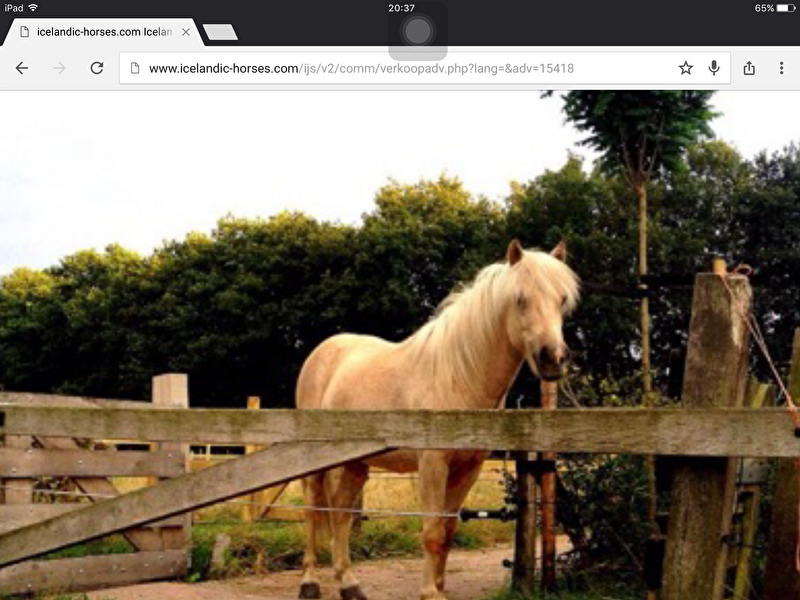
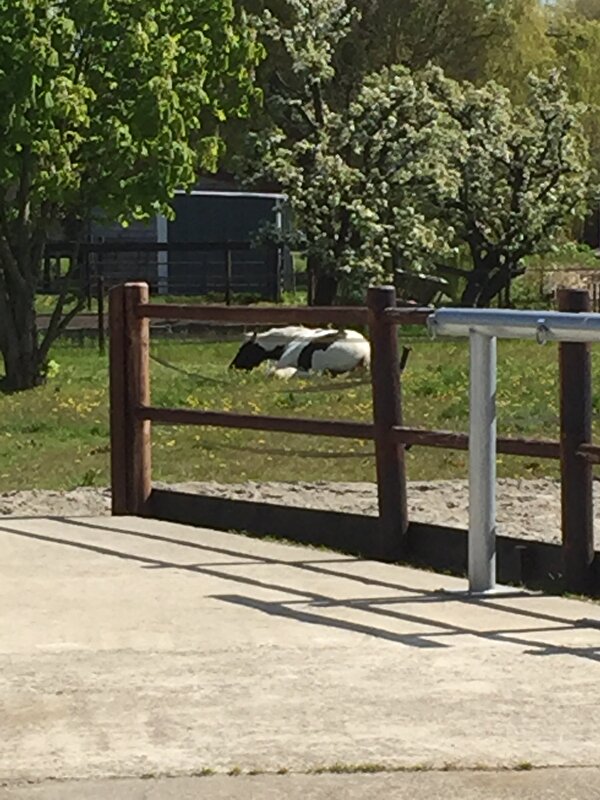
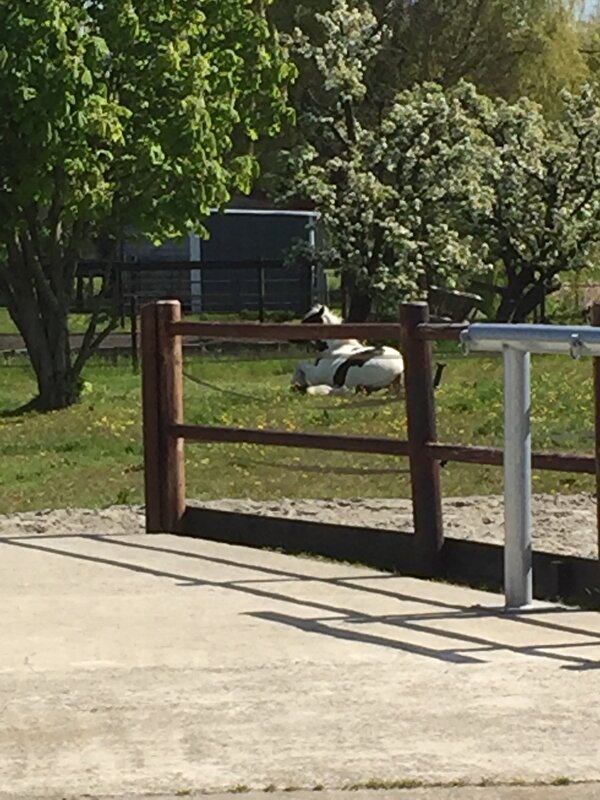
AbbyBlues schreef:Is hoefbevangenheid erfelijk?
Citaat:Q: I just read your excellent article "The Latest on Laminitis" by Karen Briggs. Is laminitis an inheritable disease? What about founder? William
A: The terms "founder" and "laminitis" have become somewhat confusing and are often used interchangeably. I suspect that the more accepted definition and distinction is that when the word "founder" is used, it implies that structural damage has occurred between the interface of the coffin bone and hoof capsule as a result of "laminitis." The structural changes include displacement of the coffin bone (rotation, sinking, or both) within the hoof capsule.
Regarding your question about heritability, I have not done any scientific analysis of this--the following is just observations and thoughts. Genetic factors such as a tendency towards obesity, laziness, poor hoof conformation, etc., surely could be inherited. In addition, based on my experience, I suspect that certain other risk factors are inherited that might influence the incidence of laminitis--but these risk factors might be a stretch. For instance, I believe that show Quarter Horses are at higher risk than Thoroughbred racehorses, Morgan mares are at greater risk than Warmblood dressage horses, and Standardbred stallions are at greater risk than Quarter Horses used for calf roping. But is it the breed or the activity (or the degree of inactivity)?
I believe that relative inactivity increases the likelihood of a given horse (regardless of the breed) acquiring laminitis. Is then the breed (using the American Quarter Horse example) responsible for the degree of activity or inactivity? I think so. I believe that horse owners favor (buy or breed) a particular breed for their "inherited" qualities (speed, speed over distance, size and strength, disposition and the relative ease of handling, etc.). This then helps determine the level of athletic activity. I suspect that much of what happens (regarding laminitis) is a function of how a given individual is managed, used, and how often used.
Most folks who acquire Thoroughbreds get them as athletes (halter classes and showmanship are usually not the reasons for acquisition). Similarly, someone acquiring a horse for ranch work is usually concerned about factors other than looks (such as whether the horse can go all day, stops on a dime, and is not easily frightened by change). While he or she might be influenced by looks, the other factors are more important. These hardworking horses don't fit the "classic" profile of the overweight, under-exercised laminitic horse. However, good placing in halter classes (a common career for Quarter Horses) is dependent on a product with "eye appeal," which usually implies little time in the field, lots of time grooming and feeding, overweight, etc.
Today's modern horse (specifically, the companion horse owned by someone who can afford him) is an apartment dweller--overfed, overweight, grossly under-exercised, and usually worked in the equivalent of a spa when worked at all. The everyday physical challenges that a horse is dependent upon to remain healthy have been removed or reduced. This puts the individual at risk for all kinds of failures, including laminitis.
About the Author
William Moyer, DVM
William Moyer, DVM, is the Department of Large Animal Clinical Sciences at the College of Veterinary Medicine & Biomedical Sciences at Texas A&M and is President-elect of AAEP.

spatter schreef:solleke wat een schitterende plek!
prachtig ook die bomenlaan, in 1 woord WAUW!
monmaster spannend en zo'n vent is goud waard!
Hier wordt er niet meer enthousiast gereageerd bij weer 1 of ander dier.
peet lekker opgeruimde mestput, kun je er weer tegen
wendy wat een prachtige boederij en helemaal van jullie nu, heerlijk!
Zal een hoop zorgen schelen
Vanmorgen al naar de DA geweest voor medicatie van onze hond.
Sinds november sukkelt ze al met haar gezondheid.
Ze is een spaanse mastin en inmiddels al 9 jaar sinds februari.
In november heeft ze al flinke medicatie gehad, toen ging het weer redelijk met af en toe een kleine terugval maar zondag begon het weer en vanmorgenvroeg jankte ze ineens heel heftig.
Heb haar uitgebreid gemasseerd en toen ontspande ze weer.
Smorgens gelijk DA gebeld maar ze kunnen niet langs komen dus dat wordt vanavond met mijn man en haar naar de kliniek.
Wel gelijk medicatie gehaald tegen de pijn maar het werkt nog steeds niet
Yontheke schreef:Als ik dit allemaal lees ben ik echt heel erg blij met mijn paarden die 9,5 uur per dag op de weide kunnen zonder problemen. Zeker mijn shet doet het op mijn onbeperkt voerbeleid super. Maar die heeft ook vanaf veulen af aan altijd op gras gestaan en is niets anders gewend.
Hoe komt het dat je bevangenheid veel minder hoort bij veulens? Nemen zij dan gewoon meer voedingsstoffen op om te groeien? Is dat de enige oorzaak?
Ik hoop dat ik niemand op de tenen trap, maar ik zou mijn paard (zeker niet als ze aan huis kunnen staan) nooit op een postzegel willen hebben. Ik denk er over om een stuk van mijn paddock terug op te zaaien met gras zodat ik meer gras heb en ze in de winter nog net de schuilstal en een stukje zand er rond en de piste hebben en ik vind voor 4 maanden per jaar de piste van 20x40 al te klein voor mijn kwpn en shet.
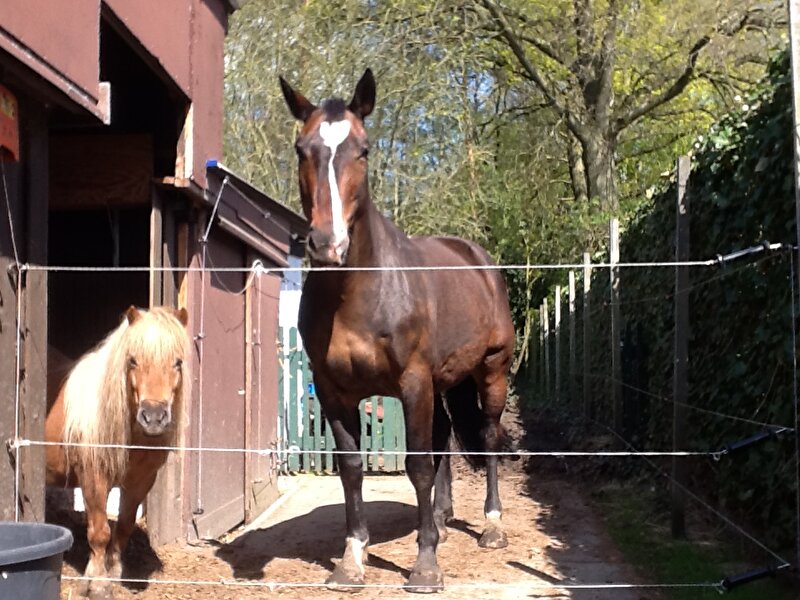

[***] schreef:Maar als je paarden kunnen rennen, spelen en bokken dan is je postzegel misschien niet zo heel erg postzegel?
Wanneer is iets een postzegel? Welke afmetingen hebben we het dan over?
Spatter sterkte voor je hond.
Monmaster mooie kleur!

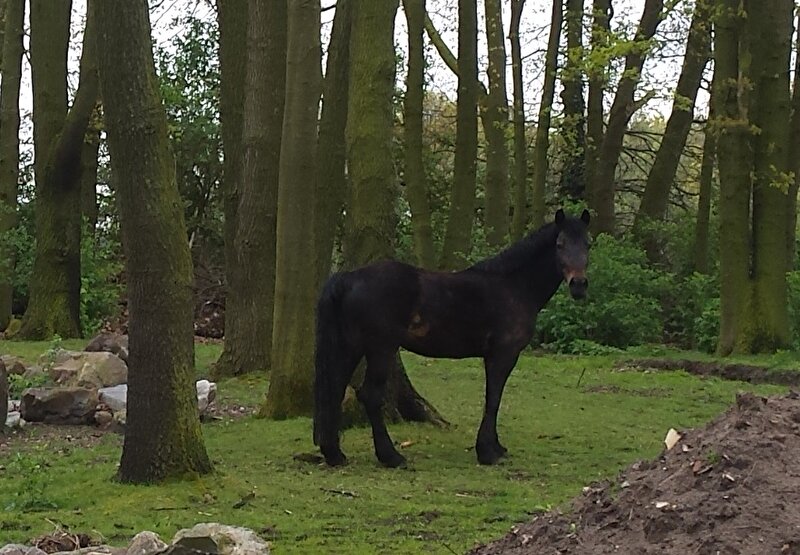
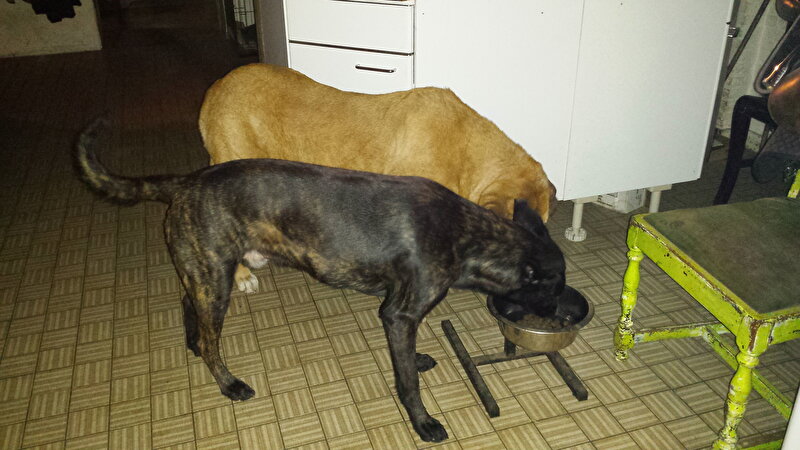
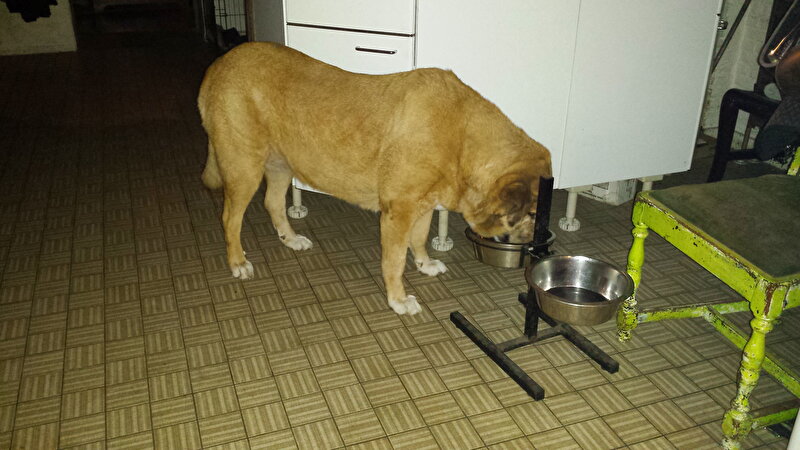






 voor de hond van spatter, hopelijk knapt ze snel op!
voor de hond van spatter, hopelijk knapt ze snel op! Veel plezier maandag! Hopelijk slaap je de komende nachten nog even bij
Veel plezier maandag! Hopelijk slaap je de komende nachten nog even bij 
Caily schreef:AbbyBlues, waarom zou je dan nog een lijntje spannen?

Caily schreef:Ik ben dus tegenstander van paarden alleen op zand zetten. Reden is de groei van de jonge dieren. Een jong dier heeft beweging en eiwitten nodig om te groeien, en die vind je nou eenmaal het meeste in de wei. Mooi voorbeeld is dat ik in 2014 mijn Lola (juni) heb gefokt. Dat seizoen zijn er 2 veulens bij een bevriende fokker geboren. De eerste (april) was altijd een fikse kop groter en steviger dan mijn Lola, de tweede (juni) was als veulen iets kleiner maar op de leeftijd van een half jaar waren ze even groot. Het zijn nichtjes langs vaders kant, moeders een en hetzelfde type/maatje. Op de leeftijd van 1,5 jaar, dus na de eerste zomer, was Lola de eerste met 5 cm voorbij gegroeid en de tweede was maar liefst 13 cm kleiner!! Verschil was dus dat Lola het zomerseizoen op de weide hadden gelopen en die andere twee in een paddock paradise. Alledrie 24/7 buiten in kleine kudde, onbeperkt voer en alledrie zijn het merries. Was voor mij wel echt een eye opener.


